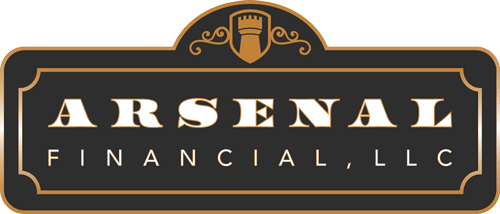April is Financial Literacy Month.
I think back to some of the things I learned in school and wonder how it’s possible that most of us were never taught the basics about money and personal finance. We learned all about geometric proofs, the colors in Spanish and had the opportunity to read Great Expectations, but we never learned the first thing about budgeting or the importance of understanding the basics of a car loan or a mortgage. I was fortunate enough to learn just enough of this from my parents, who are small business owners in Hanover, MA. The ‘street smarts’ and basic financial knowledge I learned from them was worth its weight in gold. I still remember my mother taking me to the local bank and helping me set up my very first ‘Passbook Savings Account’. I got so excited about watching that account grow and getting the book stamped every time I made a deposit. It was through this experience that I picked up the concept of compound interest and saving – not in school.
Why is this a problem?
Those who weren’t lucky enough to have a similar experience to mine could be at a disadvantage. Although school may have given us some skills to succeed in life, often the street smarts we learn take time and experience to acquire. Early in our careers we inadvertently make decisions that set us back before we even start to enjoy the momentum of earning a salary. Simple decisions can alter the trajectory of our financial success. If we choose unwisely, those mistakes can hinder our ability to achieve our financial dreams like owning a home or living debt free. By having an understanding of cause and effect early in our lives, we can make better decisions based on the consequences of our financial actions.
- Earning (a living) – we were taught to grow up and get a good job. If we work hard, pay our bills and make “good money” then we can afford the things that we want to buy.
- Taxing – We always knew the concept of taxes – little did we know that 10%-40+% of our income would be sent directly to the Federal, State and local governments to pay for all the spending of these entities. The more we make, the more we pay.
- Spending – This is what we want to do with the money we make and what we do with the majority of our income after taxes are collected. We have living expenses that are essential such as food, and housing costs while other expenses are discretionary like going to the movies or eating out. It’s spending where the rubber really meets the road. After paying taxes and covering our essential expenses, our choices are “To save, spend or give” whatever is left over. Our spending should be predicated on our ‘ability’ to spend vs. our ‘desire’ to spend – people get in trouble when they ‘live beyond their means’ which is how many people find themselves in debt.
- Saving – The ability to save is often overshadowed by our desire to get what we want now. Too many times we borrow using credit to meet an urge or desire versus saving and waiting to buy what we want. This type of activity can put us in a vicious cycle of debt. Instead of earning interest and letting our money work for us, we are instead paying interest and compounding debt that often becomes too big to manage. The ability to handle unexpected emergencies is compromised and the cycle of debt continues.
- Borrowing – We accept the concept of borrowing from a bank to get high-ticket necessities like homes and cars. We were taught that borrowing is a part of American life and includes credit card debt, student loans, auto loans and mortgages. Americans live in a leveraged world – we want what we want when we want it. If we don’t have the money, we borrow it to get those things. The average American household with a credit card has over $8,000 in credit card debt. If this sounds astounding, don’t feel too bad – the Federal Government is setting the example and ‘leveraged’ now to a tune of over $24 Trillion.
- Investing – Most of us are familiar with investing through a company plan like a 401k. It is important to understanding concepts like compounding interest, risk vs. reward, and diversification. Each of us may have a variety of investing goals that have distinct timeframe and investment objectives. For example, saving for a house requires different investing needs than saving for retirement.
- Giving – Most of us are very familiar with giving; we’re taught to share and help others at a very early age. Giving allows us to help those less fortunate than us and to causes that are important to us. It’s sharing a portion of the money we don’t spend or save.
- Protecting – One of the first things we do when we buy a car is to purchase insurance which protects us in the event of an accident. Home owners insurance and health insurance are also common ways we protect ourselves from unforeseen issues like illness or major home accidents. An often overlooked form of protection is life insurance. Asking if your family is covered in the event of an untimely death can be daunting but understanding how to protect your loved ones with the appropriate coverage is paramount in basic financial planning.
This list just scratches the surface of financial planning topics, but can serve as a starting point and place to level-set when overwhelmed with hard decisions. Although there is plenty of information available to motivated individuals, these concepts aren’t nearly touched on enough in our early years of education. That being said, it’s never too late to be a student and there are unlimited sources for accurate content. We’re always learning and things are always changing, so it’s important to be a life-long student of these topics. In addition, there are amazing resources for parents to begin and continue the conversation with their children. Learn early and often, so you can better handle the many ups and downs of life.
*https://www.debt.org/faqs/americans-in-debt/

